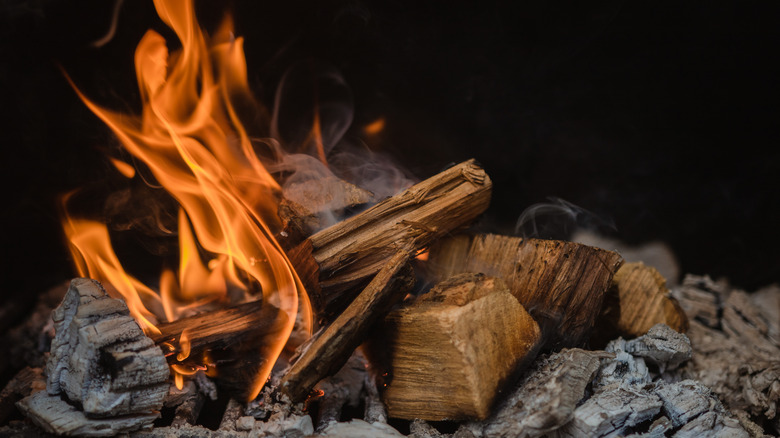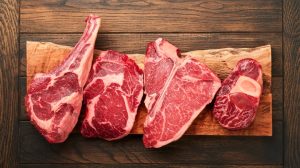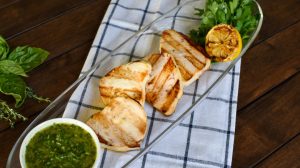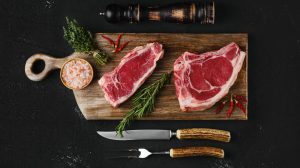Lumber. It’s a catch-all moniker for harvested wood, right? Not so fast. While that may be true in many parts of the world, in the United States and Canada, lumber refers to wood of the processed variety or wood that may have been treated with chemicals in preparation for its use as a building material. Timber, on the other hand, more commonly refers to raw, unprocessed wood. It may even encompass standing trees grown for eventual harvest for building purposes. The difference is an important consideration for backyard chefs who may be looking for a handy piece of wood to add a bit of smoke to the brisket. While it’s never a good idea to throw just any wood on the grill, it’s especially important to steer clear of processed wood and wood products like lumber.
It’s a pretty good bet that lumber — as in a uniformly cut plank of wood or a wood composite (like plywood) prepared for use as a building material — has been treated with chemicals that are toxic to humans. Burning chemically altered wood, like a pressure-treated plank of lumber, produces ash and smoke that is harmful to humans. Smoking the best cuts of meat using a fire built with treated lumber allows potentially dangerous toxins to transfer to food during the cooking process. Exposure to chemicals used in the production of lumber has been linked to everything from simple skin and respiratory irritation to cancer.
Timber can be tricky for grilling, too
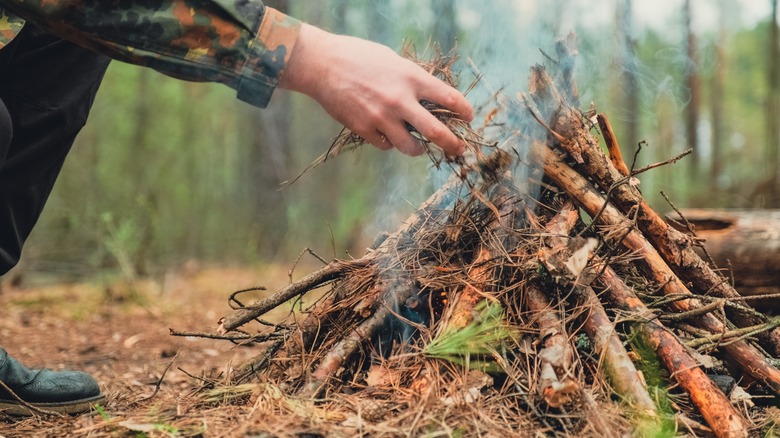
While cooking over a fire built with chemically treated lumber is never a good idea, grilling over some varieties of timber — even fresh kindling — can also pose a risk. That’s because even untreated fresh wood can contain naturally occurring toxins.
According to Family Handyman, the list of woods that are not suitable for cooking includes pine. The issue is the conifer’s resinous nature. It produces excessive amounts of creosote, a hazardous byproduct. Also on the do-not-burn list is any variety of poisonous wood. While not using poisonous wood may seem like a no-brainer, identifying poisonous wood can be tricky. For example, identifying the difference between oak and poison oak can prove challenging. If you’re foraging, steer clear of wood with visible mold or rot as both can create toxins when burned.
Another potential curveball is that driftwood is not a good choice for cooking, either. Despite visions of impromptu beach cookouts where friends and family gather around fires built with kindling collected on the shore, ocean driftwood ranks among the most dangerous choices for cooking. Burning driftwood releases dioxins that are considered hazardous to humans. The solution lies in one of the best grilling hacks you wish you had known sooner. Consider purchasing wood produced specifically for use in fires built for cooking. Varieties abound and can improve the flavor of your food. As a bonus, you can stop worrying about safety and start focusing on the nuances different woods bring to the table.



